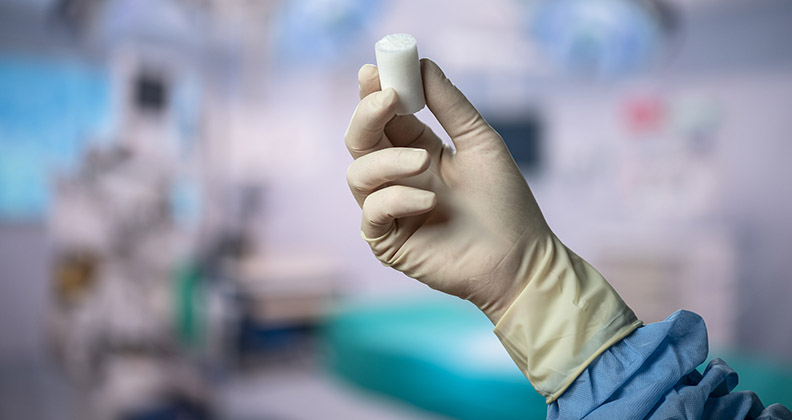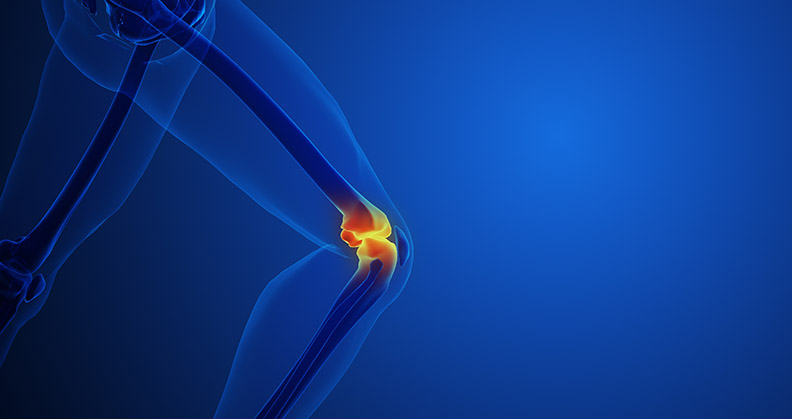
The spine market overperformed in 2023, growing 5.5% to a worldwide total of $10.4 billion in sales, according to ORTHOWORLD reporting.
“Pent-up procedure demand and a healthy operating environment helped the segment meet its historical growth rate by a couple of percentage points,” said Mike Evers, Senior Market Analysis at ORTHOWORLD. “However, our near-term outlook for spine is a little more mixed.”
Evers said demographic tailwinds are helping to push the market’s growth rate, but procedural volumes might regress toward the mean over the next few years. He pointed to some disruption caused by consolidation at the top of the market that could have a major impact on the future of spine care.
The competitive landscape of the spine market has shifted dramatically post-pandemic, according to Evers, who noted several mergers and acquisitions that have reshaped the market. Globus Medical has emerged as the clear number two player following its $3.1 billion acquisition of NuVasive. Orthofix and SeaSpine merged to become one of the 10 largest orthopedic companies but have faced significant challenges, including a sudden and disruptive leadership change. Additionally, ZimVie’s spine business was sold to an affiliate of H.I.G. Capital, rebranded as Highridge Medical, and is now the largest private spine player globally.
“These changes have introduced uncertainty into the spine market,” Evers said. “Pat Miles, the quotable CEO of ATEC, described the spine market as ‘35% disrupted and 60% apathetic,’ which is hard to dispute.”
Evers noted that ATEC has capitalized on the market share lost by major orthopedic players. He said the company positioned itself as an alternative to disrupted or apathetic players and leveraged that into a multi-year run of incredible growth. ATEC boasts a CAGR of 39% between 2018, the start of its turnaround, and 2023.
“ATEC’s meteoric rise has been costly, though, and the company is targeting 2025 for its free cash flow break-even point,” Evers added.
Stryker has been committed to exceeding the market growth rate in the spine segment, although it has struggled without a spine robot.
“Stryker CEO Kevin Lobo emphasized the importance of enabling technology, referring to it as the ‘ticket to the dance’ to compete at the top of the spine segment,” Evers said. “Stryker’s anticipated late 2024 arrival of Mako Spine could mark a significant turning point for the company in the spine market.”
Companies are looking to underserved markets to accelerate growth as the fusion market slows, according to Evers. For example, he said, disc replacement and vertebral body tethering represent a $1.2 billion opportunity into which companies have made relatively few inroads.
Evers said minimally invasive surgery and motion preservation devices have technical and reimbursement challenges to overcome before surgeons transition fusion patients in meaningful numbers. However, he noted that multiple companies, including Premia Spine, Empirical Spine and 3Spine, are pursuing novel motion-preserving products.
Value-based purchasing (VBP) caused the Chinese spine market to contract during 2022 and 2023. “However, the largest global spine companies remain committed to the market after its reset,” Evers said. “By reducing sales and marketing costs in China, companies like Medtronic can remain profitable in what will be the world’s largest healthcare market.”
Evers noted that spine players reported strength in the European markets but must contend with the forthcoming Medical Device Regulation (MDR). “Orthofix said its 2023 MDR expenses were $9.5 million, with an expected annual run rate of $3 million,” he said.
“Before its merger with Orthofix, SeaSpine decided to pull its spinal implants from the European market rather than incur the costs.”
The spine market accounted for 18% of the $59 billion global orthopedic market, according to Evers. He said growth in core fusion products has slowed to the low-single digits and noted that companies are increasingly relying on a few factors to drive growth: acquisitions of competitors, implant pull-through spurred by enabling technology and new opportunities like motion preservation.
“All told, we’re projecting close to $12 billion in worldwide sales for spine in 2027,” Evers said. “Favorable patient demographics and expanding treatment options beyond fusion will impact the mid-term growth rate.”
DC
Dan Cook is a Senior Editor at ORTHOWORLD. He develops content focused on important industry trends, top thought leaders and innovative technologies.




